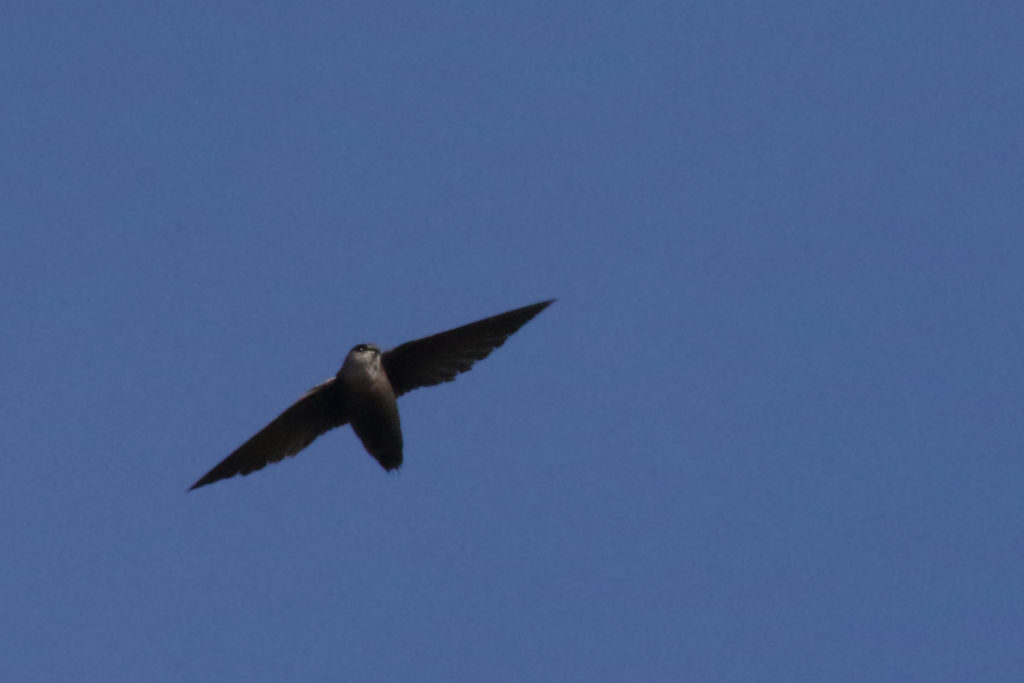February 2nd, 2022 is World Wetlands Day! While wetlands are not our usual topic on the Manitoba Chimney Swift Initiative blog. I thought that this important habitat and food source for Chimney Swifts should get a little time in the spotlight.
We know that Chimney Swifts need their masonry chimneys for roosting and nesting, but another important requirement is the insects that form the diet of the Chimney Swift. Chimney Swifts are aerial insectivores, a group of birds that are classified together because they all catch and eat insects while on the wing. Other aerial insectivores include Purple Martins and other types of swallows.

While not all the insects that Chimney Swifts eat come from wetlands, many of the insects that fly as adults have aquatic larval stages. Most insects with aquatic larval stages want still, shallow, warm water. This can be as simple as an old tire in a yard that a mosquito lays eggs in, but other insects can use wetlands. Insects with aquatic larval stages that may be eaten by Swifts include the Dragonfly and Damselfly families (Spreadwings, Pond Damsels, Darners, Clubtails, Emeralds and Skimmers), Mosquitos, Midges, Mayflies, Caddisflies and Crane flies. Chimney Swifts also need a lot of this food, eating over 1,000 mosquitoes and other flying insects per day!
Wetlands come in a variety of forms and can be temporary (often from our spring snowmelt, drying up over the summer) or permanent. We have several urban wetlands in Manitoba that you may know including in Fort Whyte Alive, Assiniboine Forest, or Bois-des-Esprits in Winnipeg; the Riverbank Discovery Centre in Brandon; or areas of Crescent Park in Portage la Prairie to name a few. Additionally, using naturalized wetlands is becoming more common in new residential developments, rather than the traditional retention pond surrounded by grass. Urban wetlands are often small and locally known – what urban wetlands are around you?
Insects that hatch in wetlands, or use water as part of their life stages, do not always have to stick near water as adults either! Home range studies of a variety of dragonflies showed travel distances from their natal sites to their adult home ranges between 481 -1196 meters, and home ranges of between 5-50 hectares (both measurements depend on the species with a lot of variation).
Working to monitor Chimneys Swifts, and to protect and repair chimneys is key for Swift populations – and gives us a really good target to work towards. However, like many other Species at Risk, Chimney Swifts are threatened due to a number of factors that are interrelated. By increasing our knowledge about and conserving wetlands, we can help our local Chimney Swifts have a successful nesting season with us!
- Amanda
